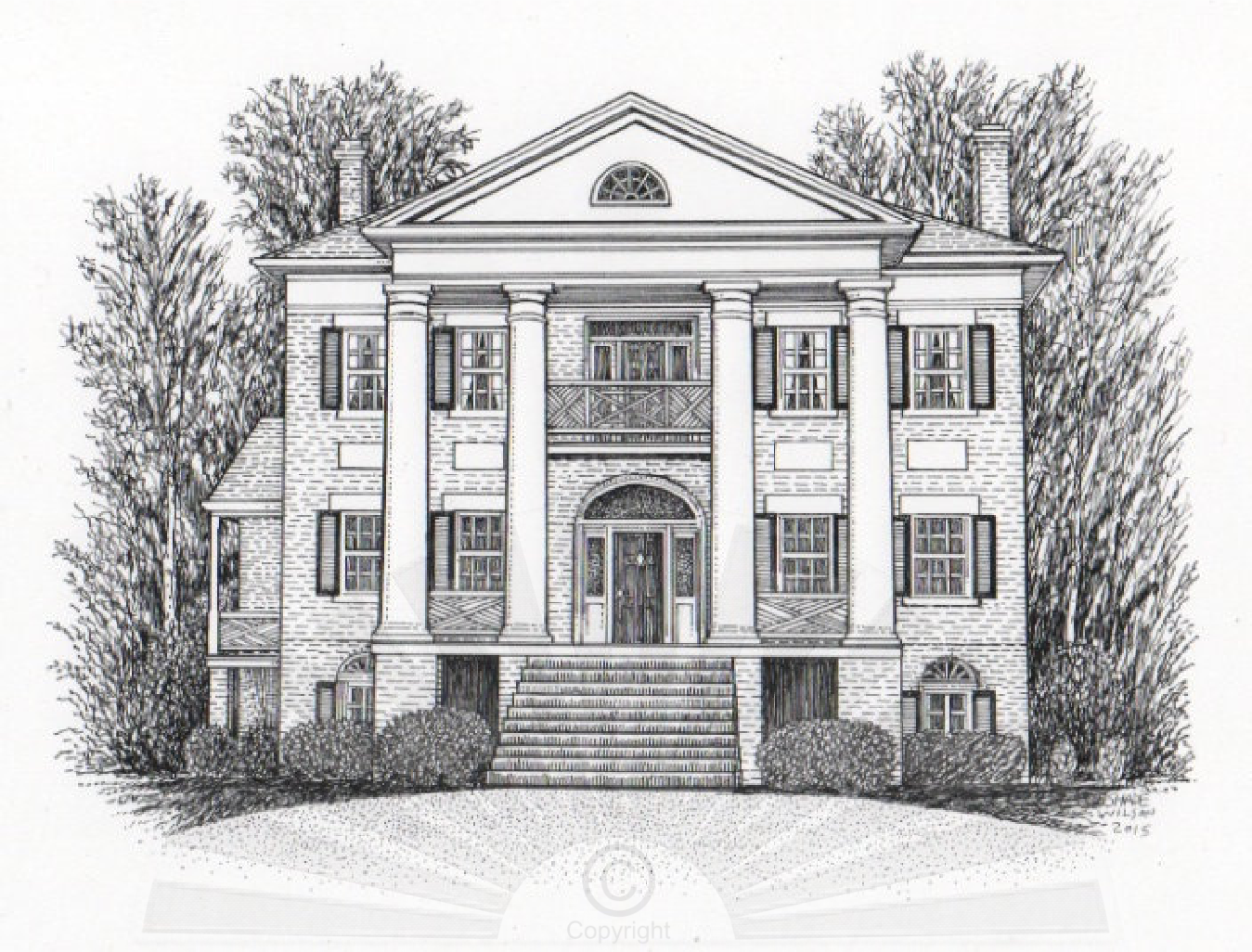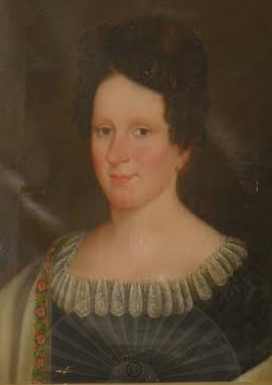
John Howe Peyton's Montgomery Hall



Montgomery Hall History
Navigation
Copyright © 2012-2024 Jane Gray Avery
All Rights Reserved- Content from this website including text and images may not be used or reproduced without prior written permission.



